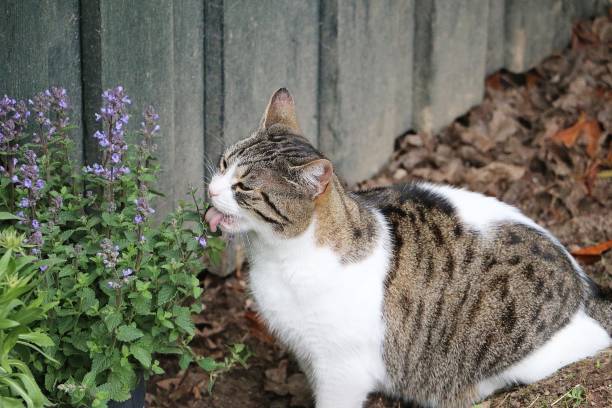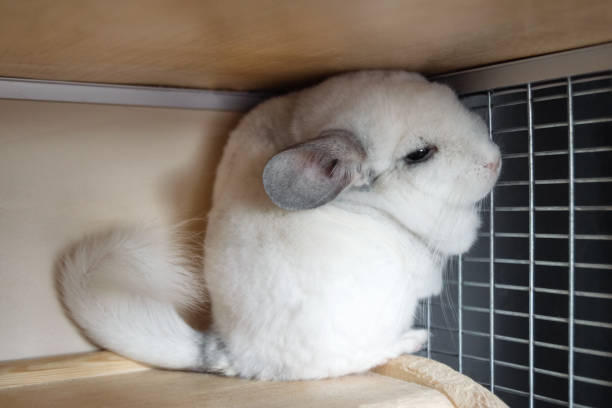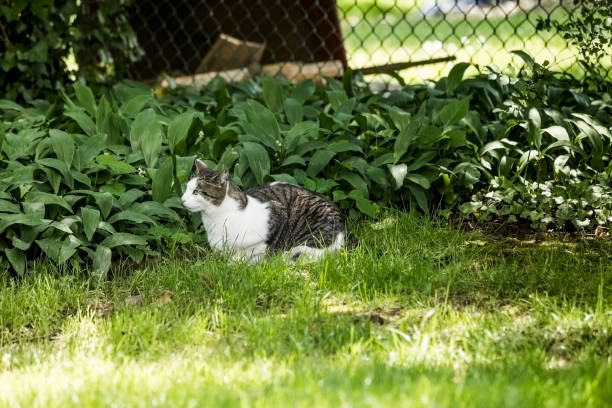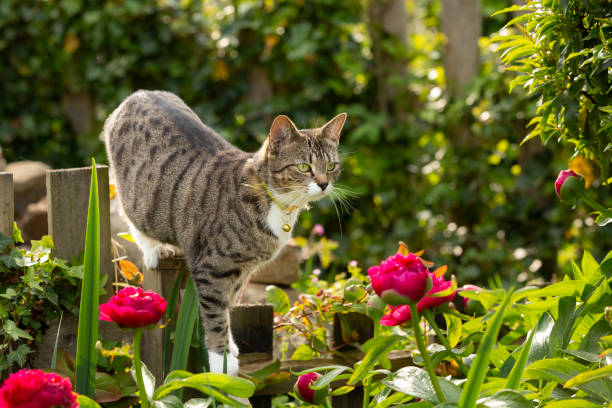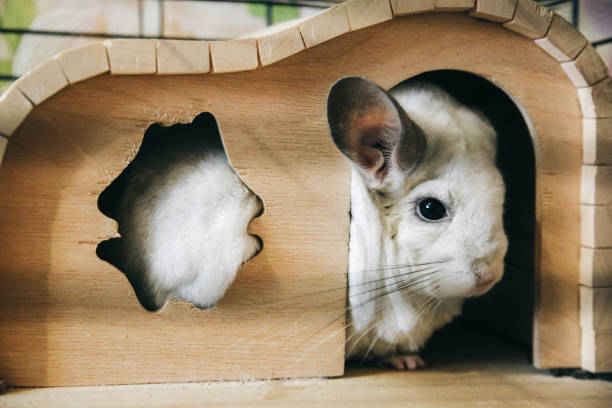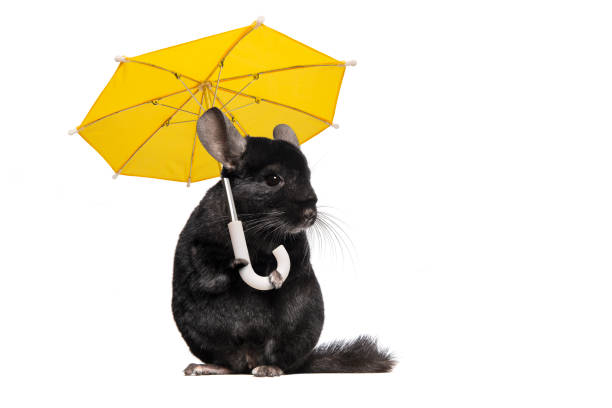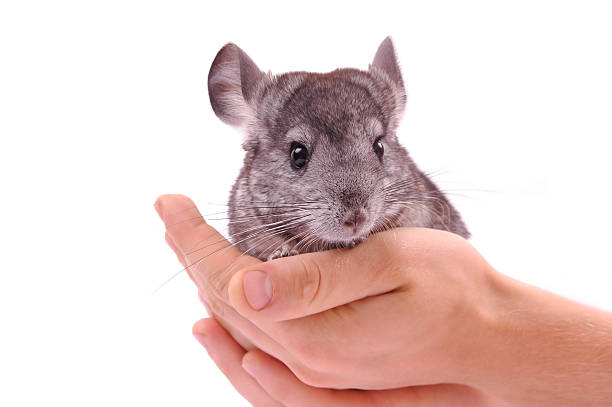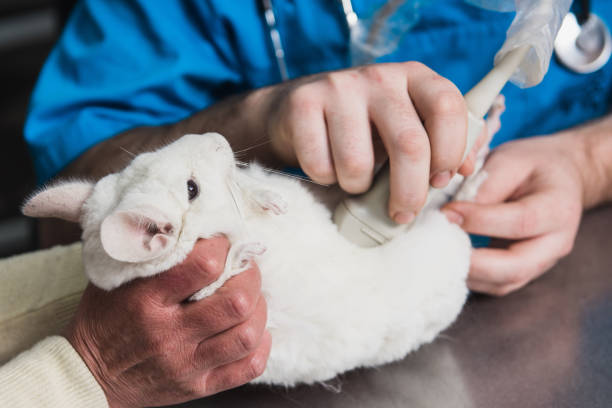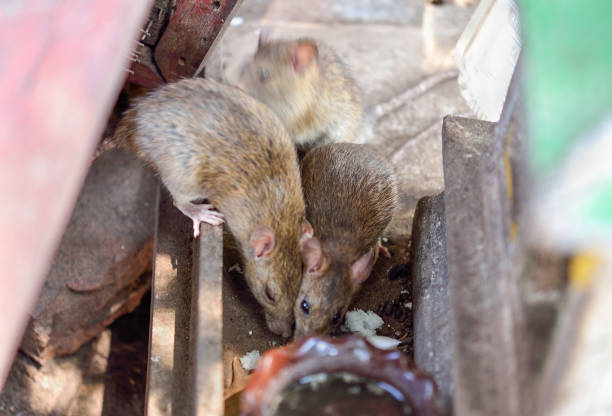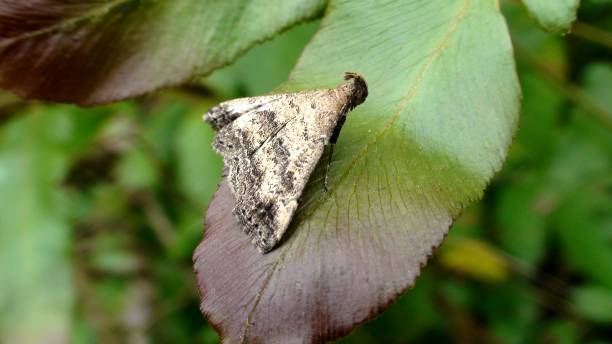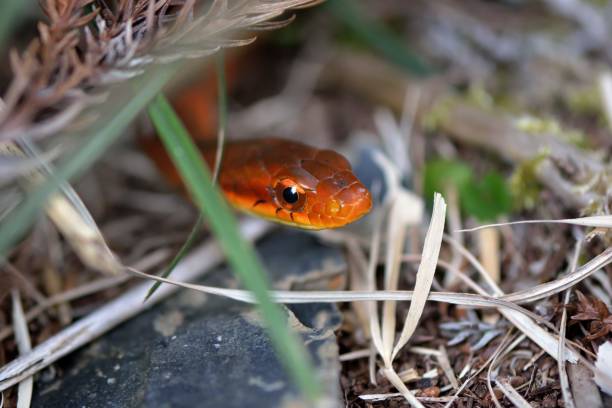What Actually is Catnip and is it Safe for My Cat?
This post contains affiliate links. This means I will make a commission at no extra cost to you should you click through and make a purchase. Read the full disclosure here.Catnip, scientifically known as Nepeta cataria, is a herbaceous plant that has captivated the curiosity of cat owners for centuries. Its intriguing ability to induce euphoric reactions in cats has made it a staple in the world of feline enrichment. From viral videos showcasing cats in states of blissful abandon to the array of catnip-infused toys lining pet store shelves, catnip’s popularity is undeniable.
Catnip belongs to the mint family, boasting fragrant, heart-shaped leaves and a penchant for flourishing in various climates. While it has been a favorite among cat enthusiasts for its enchanting effects on their pets, the question lingers: What exactly is catnip, and more importantly, is it safe for your beloved feline companions?
Teasing the Question: Is Catnip Safe for Your Cat?
As we delve into the world of catnip, it’s crucial to address the concerns that many cat owners may have regarding its safety. While the allure of watching your cat revel in the enchanting effects of catnip is undeniable, responsible pet ownership demands a deeper understanding of the herb’s impact on feline health.
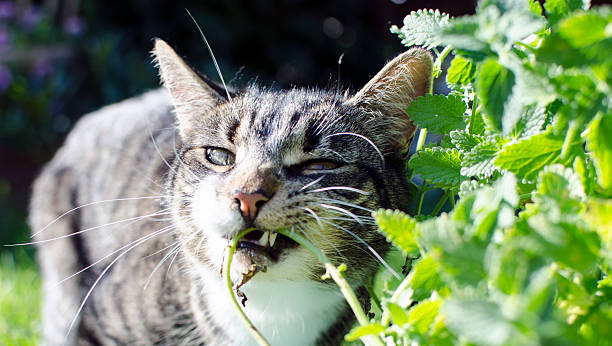
In this exploration, we aim to unravel the mysteries surrounding catnip, shedding light on its origins, how it affects cats, and most importantly, whether it poses any risks to your cat’s well-being. Join us on this journey as we navigate the intriguing realm of catnip and discern whether it’s a harmless delight for your feline friend or if caution is warranted.
What is Catnip?
Botanical Background: Nepeta cataria
To comprehend the fascination behind catnip, let’s start with its botanical roots. Nepeta cataria, commonly known as catnip or catmint, is a perennial herb belonging to the Lamiaceae family. This family encompasses an array of aromatic plants, including various mints, basil, and rosemary. Catnip is native to Europe and Asia but has become widespread across North America due to its hardy nature.
The plant’s distinctive features include square-shaped stems, serrated leaves, and clusters of white to lavender flowers. What sets catnip apart is the presence of a compound called nepetalactone, found in the leaves, stems, and seeds. It’s this compound that triggers the unique reactions observed in cats, creating an experience that ranges from playful antics to moments of serene repose.
The Science Behind Catnip’s Allure to Cats
The secret to catnip’s enchantment lies in the interaction between nepetalactone and a cat’s sensory receptors. When a cat encounters catnip, whether by sniffing, licking, or rolling in it, the nepetalactone binds to receptors in the cat’s nasal tissue, activating sensory neurons that stimulate various areas of the brain.
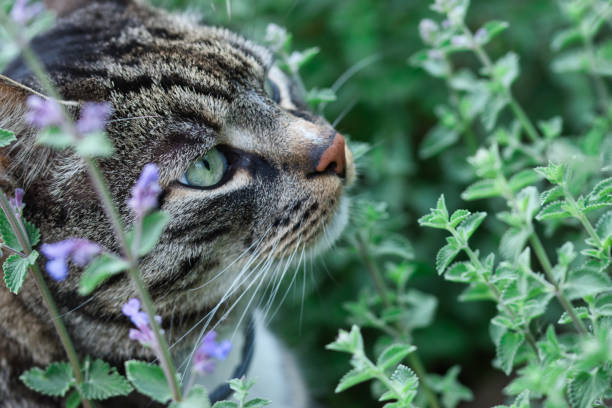
This interaction leads to a cascade of behaviors that vary from cat to cat. Some cats may become hyperactive, exhibiting increased playfulness and erratic movements, while others may enter a state of blissful relaxation. Not all cats are affected by catnip, as sensitivity to nepetalactone is hereditary, with approximately 50-75% of cats exhibiting a response.
Historical Uses of Catnip in Human and Feline Contexts
Beyond its role in entertaining our feline friends, catnip has a rich history of human use. Traditionally, catnip has been employed for its medicinal properties, with herbalists using it to brew teas for its mild sedative effects. In the world of feline care, dried catnip has been incorporated into toys and scratching posts to engage and enrich the lives of indoor cats.
Understanding the botanical origins and the science behind catnip sets the stage for exploring its effects on cats and, more importantly, determining whether it is a safe indulgence for your cherished pets. In the next section, we’ll delve into the intriguing realm of how catnip affects our feline companions.
How Does Catnip Affect Cats?
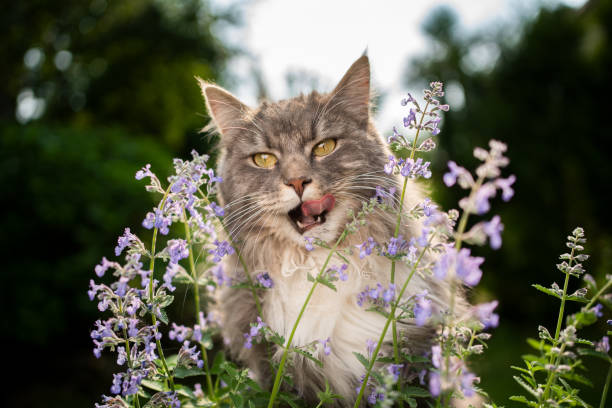
Understanding the Mechanism of Action
Now that we’ve uncovered the botanical secrets of catnip, let’s delve into the fascinating world of how this unassuming herb can cast a spell on our feline companions. The key to catnip’s effects lies in its interaction with a cat’s olfactory system.
When cats come into contact with catnip, whether by sniffing, licking, or rolling in it, the nepetalactone in the plant binds to receptors in the cat’s nasal tissue. These receptors then stimulate sensory neurons that project to various regions of the brain, including the olfactory bulb, the amygdala, and the hypothalamus. The result? A concoction of behaviors that can range from amusing to utterly charming.
Typical Reactions in Cats: Sniffing, Licking, Rolling, and More
The response to catnip is as diverse as our feline friends themselves. Many cats will exhibit behaviors such as sniffing, licking, and rubbing against catnip-laden objects. Playful antics often follow, with cats batting at toys or rolling ecstatically on the floor. In some cases, catnip can induce a temporary state of euphoria, akin to a ‘natural high’ that leaves cats enchanted and content.
It’s worth noting that the effects of catnip are temporary, usually lasting around 10 to 15 minutes, after which cats may lose interest until a period of sensitivity is re-established, typically after an hour or more.
Duration of the Catnip “high” and its Effects on Behavior
Understanding the duration of the catnip “high” is crucial for responsible catnip use. The effects usually kick in within a few minutes of exposure, peaking at around 10 minutes. After this peak, the sensitivity to catnip diminishes, and the cat enters a refractory period during which additional exposure has little effect.
Catnip-induced behaviors are generally harmless and can provide both mental and physical stimulation for indoor cats. However, as with any stimulant, moderation is key. In the following sections, we’ll address the burning question: Is catnip safe for your cat? We’ll explore common misconceptions, research findings, and considerations for responsible usage to ensure your feline friend’s well-being.
Is Catnip Safe for Your Cat?
Dispelling Common Myths about Catnip
Before delving into the safety aspects of catnip, let’s dispel some common misconceptions. Catnip is not a harmful substance for cats; it’s a natural and non-addictive herb that elicits temporary reactions. Contrary to popular belief, cats cannot overdose on catnip. The effects are short-lived, and once the cat becomes accustomed to the scent, they may lose interest until the sensitivity period resets.
Research Findings on the Safety of Catnip
Numerous studies have explored the safety of catnip for feline friends, and the consensus is that, when used responsibly, catnip is generally safe. The American Society for the Prevention of Cruelty to Animals (ASPCA) considers catnip non-toxic to cats. However, like any substance, individual reactions can vary, and some cats may not show a response at all.
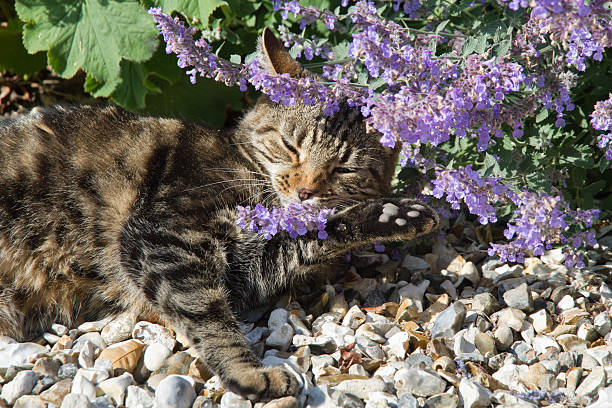
It’s essential to source high-quality catnip products, whether dried or in toys, to ensure that they have not been treated with any harmful chemicals. Additionally, if you’re growing catnip in your garden, opt for organic cultivation methods to minimize the risk of pesticides.
Instances where Catnip Might not be Suitable
While catnip is safe for the majority of cats, there are instances where its use might not be advisable. Cats with certain medical conditions, such as epilepsy or other neurological disorders, may be better off without exposure to catnip, as it could potentially exacerbate their symptoms. Pregnant cats may also be more sensitive, and caution should be exercised.
As with any new addition to your cat’s environment, observe their reactions and discontinue use if you notice any adverse effects. Responsible catnip use involves understanding your cat’s health and behavior and adjusting usage accordingly.
In the next sections, we’ll explore catnip alternatives and varieties, delve into considerations for kittens, and provide practical tips on incorporating catnip into your cat’s play and enrichment routines. Stay tuned as we navigate the nuanced landscape of catnip usage for our beloved feline companions.
Catnip Alternatives and Varieties
Other Plants that can Mimic Catnip’s Effects
While catnip remains the superstar in the world of feline enrichment, several other plants can elicit similar reactions in cats. Silver vine (Actinidia polygama), valerian root (Valeriana officinalis), and honeysuckle wood are just a few examples. Some cats that may not respond to catnip may find these alternatives equally enticing. Experimenting with different plants can add variety to your cat’s playtime and keep them mentally stimulated.
Different Types of Catnip Products Available in the Market
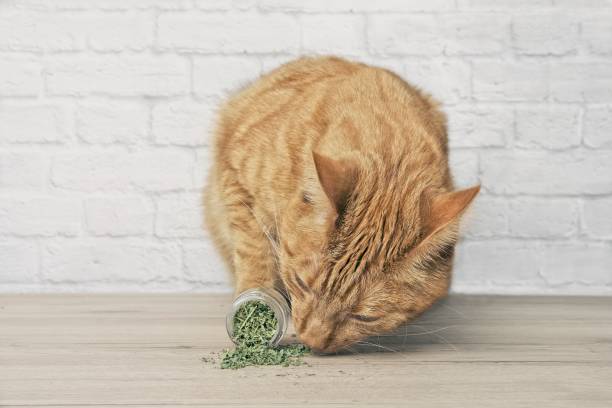
Catnip comes in various forms, and exploring different options can help you find what your cat enjoys the most. Dried catnip, catnip sprays, and catnip-infused toys are readily available in pet stores. Some cats prefer one form over another, so it might be worthwhile to try a few to see which your feline friend prefers. Keep in mind that the freshness and potency of catnip can diminish over time, so be sure to store it in a sealed container in a cool, dark place.
DIY Catnip Toys and Alternatives for Enrichment
For the creative cat owner, making DIY catnip toys can be a fun and rewarding activity. Simple fabric pouches filled with dried catnip or homemade catnip-infused yarn balls can provide hours of entertainment. Just ensure that any materials used in DIY toys are safe for your cat and won’t pose a choking hazard.
Incorporating catnip alternatives and exploring different product varieties allows you to tailor your cat’s enrichment experience to their preferences. The key is to observe your cat’s reactions and adjust accordingly. In the upcoming sections, we’ll address the specific considerations for introducing catnip to kittens and explore the question of how much catnip is too much for your feline friend. Stay with us as we continue our journey into the world of feline fascination with catnip.
How Much Catnip is Too Much?
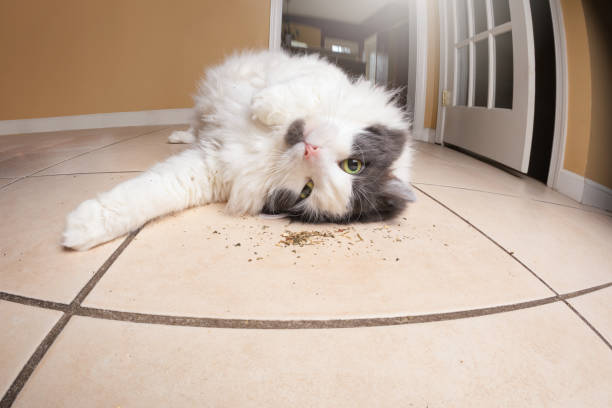
Guidelines on the Appropriate Amount of Catnip
While catnip is generally safe for cats, it’s crucial to exercise moderation in its use. The rule of thumb is to offer catnip no more than once every two weeks to prevent your cat from developing a tolerance to its effects. Overexposure could lead to diminished sensitivity, reducing the allure of catnip-induced play.
When introducing catnip, start with a small amount to observe your cat’s reaction. A pinch of dried catnip in a toy or sprinkled on a scratching post is usually sufficient. As you become familiar with your cat’s response, you can adjust the amount accordingly.
Monitoring Your Cat’s Reaction and Setting Limits
While most cats enjoy a healthy romp in the catnip-induced wonderland, it’s essential to monitor their behavior for any signs of distress or overstimulation. If your cat becomes overly agitated, aggressive, or exhibits any concerning behaviors, it may be wise to limit or discontinue catnip use.
Setting limits ensures that the enjoyment remains a positive and safe experience for your cat. Remember that the effects of catnip are temporary, and it’s perfectly fine for your cat to have periods without exposure.
Potential Side Effects of Excessive Catnip Exposure
While rare, excessive exposure to catnip can lead to mild digestive upset in some cats. If you notice any signs of vomiting or diarrhea after catnip use, it’s advisable to consult with your veterinarian. Additionally, if your cat has pre-existing health conditions or is on medication, it’s always wise to seek professional advice before introducing catnip into their routine.
In the following sections, we’ll address specific considerations for introducing catnip to kittens, exploring the nuances of their developing sensitivities. Join us as we unravel the mysteries of catnip’s impact on our youngest feline companions and navigate the world of responsible pet ownership with this captivating herb.
Catnip and Kittens
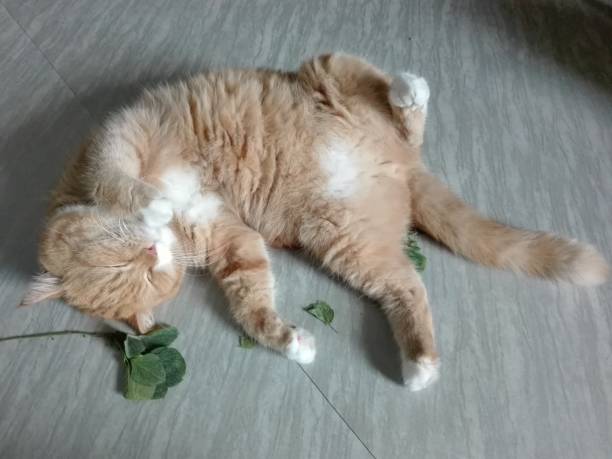
Introducing Catnip to Kittens: Yes or No?
The allure of catnip isn’t limited to adult cats; kittens, too, may exhibit reactions to this enchanting herb. However, the question of when to introduce catnip to kittens requires careful consideration. Experts generally recommend waiting until a kitten is at least three to six months old before exposing them to catnip. This delay allows their nervous system to mature, ensuring a more controlled response to the herb.
Introducing catnip too early might result in a lack of sensitivity or a diminished response later in life. Patience is key when it comes to incorporating catnip into your kitten’s playtime routine.
Age-appropriate Ways to Offer Catnip to Young Cats
For kittens, moderation is crucial. Start with small amounts of catnip and observe their reactions. Offering catnip-infused toys or placing a pinch of dried catnip in a designated play area can provide a safe and enjoyable introduction.
Kittens, like adult cats, may engage in playful antics, such as rolling, batting, or rubbing against catnip-infused items. However, keep play sessions short and infrequent to prevent overstimulation.
Veterinary Perspectives on Catnip for Kittens
Before introducing catnip to your kitten, it’s advisable to consult with your veterinarian. They can provide personalized guidance based on your kitten’s health, development, and any potential risks associated with their specific circumstances.
While catnip is generally considered safe for kittens, individual variations exist. Veterinary input ensures that the introduction of catnip aligns with your kitten’s overall health and well-being.
As we wrap up our exploration of catnip’s impact on kittens, the following sections will provide a comprehensive conclusion to our journey. We’ll recap the key points, summarize safety considerations for cat owners, and encourage the responsible and enjoyable use of catnip for all feline companions. Join us for the final stretch as we unravel the remaining mysteries of this captivating herb.
Final Thoughts
In concluding our journey through the captivating world of catnip, we encourage cat owners to embrace the joy and enrichment this herb can bring to their feline companions. From playful antics to moments of blissful relaxation, catnip offers a unique experience for cats and their owners alike.s many delightful and enchanting moments together!

